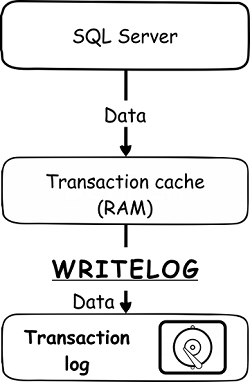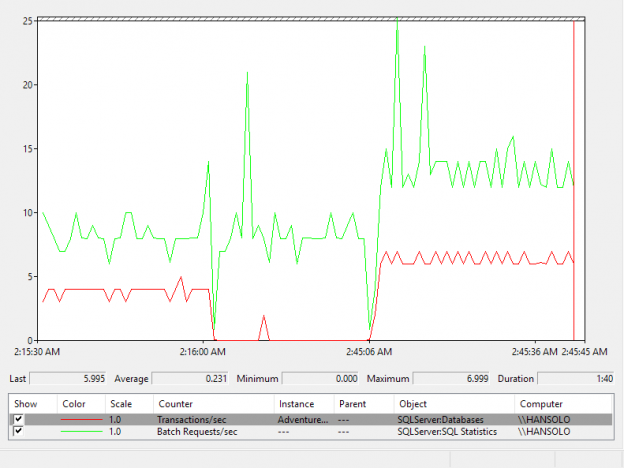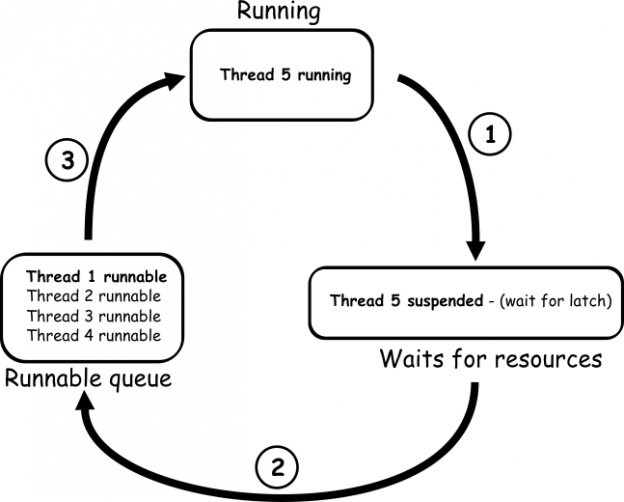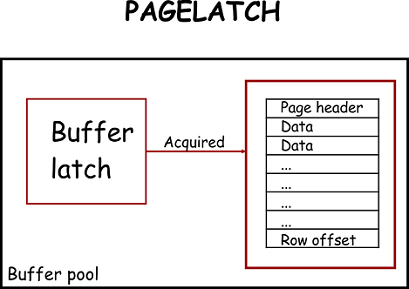SQL Server trace flags are configuration handles that can be used to enable or disable a specific SQL Server characteristic or to change a specific SQL Server behavior. It is an advanced SQL Server mechanism that allows drilling down into a hidden and advanced SQL Server features to ensure more effective troubleshooting and debugging, advanced monitoring of SQL Server behavior and diagnosing of performance issues, or turning on and off various SQL Server features






